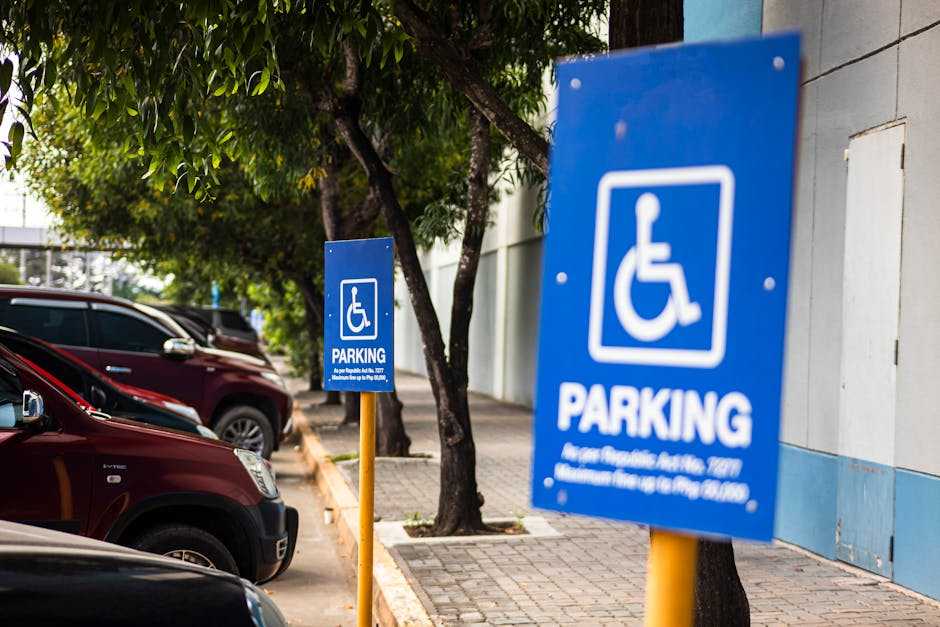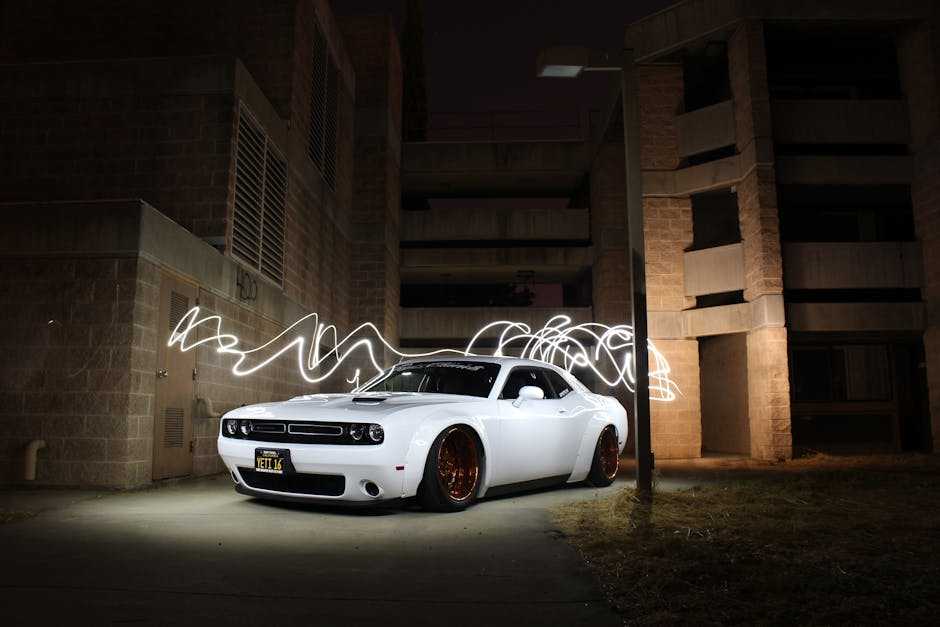Demand Beyond the West
The center of gravity in luxury car sales is shifting. For years, markets like the U.S., Germany, and the U.K. wrote the rules for what sold and where. That era is fading. Today, ultra luxury brands are looking elsewhere and for good reason. The rise of high net worth individuals in regions like Asia, the Middle East, and parts of Africa and Latin America is rewriting the global sales map.
Shifting economic landscapes are a big part of it. Wealth is no longer concentrated in traditional power centers. Rapid development, booming industries, and digital economies are spawning a new class of affluent buyers from Jakarta to Johannesburg. These are customers hungry for premium experiences and they’re not bound to legacy brand stories tied to the West.
Consumer behavior is changing too. Buyers in emerging markets aren’t just following trends they’re helping create them. They want power, exclusivity, personalization, and tech forward design. Luxury is no longer something they admire from afar. It’s something they expect to access directly.
For auto brands, ignoring this shift isn’t an option. It’s time to stop thinking of “emerging markets” as secondary. They’re driving the next wave of growth.
Spotlight on Asia and the Middle East
Luxury car demand in Asia and the Middle East is accelerating rapidly, driven by economic expansion, rising affluence, and a growing appetite for high performance and technologically advanced vehicles. Here’s how different regions within these markets are shaping global luxury car sales.
China: Leading the Electric Luxury Surge
China remains the undisputed leader in the luxury segment, particularly in the electric vehicle (EV) space. Government policies, a robust charging network, and eco conscious affluent consumers have made China a prime market for electric luxury.
Ultra high demand for EVs among China’s wealthiest buyers
Domestic manufactures competing strongly with established European brands
Smart cabin tech and in vehicle AI are key selling points
India: An Emerging Force in First Time Luxury Buyers
India is witnessing a steady rise in first time luxury car purchasers, largely driven by urbanization and increased disposable income in major metros such as Mumbai, Delhi, and Bangalore.
Metro expansion and infrastructure improvements fuel access and desire
Younger professionals and entrepreneurs make up the bulk of new buyers
Demand centered around entry level luxury sedans and compact SUVs
Gulf Nations: The Custom and Status Segment
In the Gulf Cooperation Council (GCC) countries, luxury is synonymous with prestige and performance. Consumers here seek high end customization, high performance specs, and brands that reflect status.
Strong demand for bespoke, high horsepower models
Climate controlled garages, expansive roads, and favorable policies make ownership attractive
Popularity of exotic brands and limited edition releases continues to grow
These regions are no longer considered “emerging” in name only they are now setting the pace for where the industry is headed next.
Africa and Latin America Gaining Traction
Growth in the global luxury car market isn’t just centered around Asia or the Middle East Africa and Latin America are fast becoming new frontiers for premium automotive sales. These regions are experiencing unique shifts in demand, investment, and consumer behavior.
Rising Interest in Key African Markets
South Africa and Nigeria are showing clear signs of increased interest in luxury vehicles, despite challenges in infrastructure and urban transport systems.
In South Africa, rising affluence in urban centers like Johannesburg and Cape Town fuels demand.
Nigeria’s growing class of affluent entrepreneurs is driving an appetite for prestige vehicles.
While infrastructure gaps remain, luxury car buyers are prioritizing brand value and tech enhanced features.
Expansion Across Latin America
Luxury brands are expanding their footprint in Brazil and Mexico, recognizing the strategic value of these high potential markets. Growth is being fueled by both economic recovery and brand investment.
Local dealerships are expanding in major metros like São Paulo and Mexico City.
Premium carmakers are introducing region specific campaigns and flexible financing.
Brands like BMW, Mercedes, and Lexus are increasing on the ground presence and marketing.
Cultural Shifts Shaping Buyer Preferences
Changing attitudes toward lifestyle, wellness, and sustainability are influencing how consumers perceive luxury.
Design preferences are shifting toward sleek, minimalist aesthetics with high end finishes.
Advanced tech such as driver assist systems and connectivity is a growing demand driver.
Interest in hybrid and electric models is growing with environmental awareness among younger buyers.
As Africa and Latin America continue to evolve economically and culturally, luxury car makers are focusing more on localized strategies that reflect regional aspirations and identity.
Infrastructure and Policy Push

Luxury car adoption in emerging markets isn’t just driven by consumer appetite governments and infrastructure development are playing critical roles in accelerating the shift. Strategic policy changes and infrastructure upgrades are laying the groundwork for sustainable growth in the high end automotive sector.
Key Government Incentives
Governments across emerging economies are actively encouraging electric and hybrid luxury vehicle adoption. These incentives lower ownership barriers for high ticket EV models and appeal strongly to younger and eco conscious buyers.
Tax cuts and subsidies on luxury EV purchases
Rebates for charging station installation at homes and businesses
Priority licensing and registration benefits for hybrid models
Attracting New Brands Through Policy
Policy reforms are also making it easier for luxury automakers to enter and scale in new markets. Relaxed regulations on imports and incentives for local manufacturing are drawing global players to set up shop closer to their target buyers.
Reduction in import duties on high end and electric vehicles
Tax holidays and land grants for manufacturing plants
Streamlined approval processes for new dealership setups
Infrastructure as a Growth Enabler
Reliable infrastructure is transforming the ownership experience, turning luxury from aspirational to attainable in many regions. Countries investing in better roads, service support, and EV charging networks are seeing faster adoption.
Expansion of highway networks to support top tier vehicle performance
Growth of certified service centers for luxury brands
Rise in urban EV charging stations across key cities
As policy aligns with infrastructure investment, the road is being paved literally and figuratively for luxury car brands to thrive in untapped global markets.
Who’s Leading the Charge
Luxury car manufacturers are taking a more targeted approach in response to demand shifts across emerging regions. Rather than relying on traditional global campaigns, top brands are now tailoring efforts to resonate with distinct local audiences.
European Brands Adjusting Their Strategy
Leading European names are no longer treating emerging markets as secondary. Instead, they are committing significant resources to refine outreach strategies:
Localized marketing: Tailored messaging and region specific campaigns speak directly to consumer values.
Market specific models: Adjusted features to match local climate, road conditions, and cultural preferences.
Expanded presence: Increased investment in regional headquarters and R&D facilities.
Dealerships and Experiential Retail
Local access to luxury experiences is helping to drive brand interest and build purchasing confidence:
Premium dealerships with culture aware service models are elevating the buying journey.
Pop up showrooms in high traffic luxury zones offering test drive events and on site consultations.
Brand experience centers showcasing innovation and heritage are increasing engagement.
Millennial Loyalty on the Rise
A new generation of buyers is emerging and they’re proving more loyal than expected:
Millennial consumers value quality, status, and sustainability, making them repeat buyers when brands align with their ethics.
Social media influence and digital storytelling continue to shape perceptions and drive long term interest.
Early adoption of new tech, such as in car AI and EV platforms, positions these markets as influential trend setters.
As loyalty grows and infrastructure improves, brands that prioritize connection over convention will be the ones leading future sales growth.
Deep Dive into Key Regions
Across the luxury auto landscape, growth is no longer concentrated in the usual places. Leading the charge are markets like Shanghai, Dubai, São Paulo, and Mumbai urban centers where rising incomes meet increasing appetite for premium vehicles. The shift is powered by younger, tech savvy buyers and first gen high net worth individuals who see luxury cars not just as transport, but as statements.
Recent data shows year on year double digit sales growth in India’s metro areas and sustained demand spikes in Gulf Cooperation Council nations, especially for electric and hybrid models. In Latin America, Brazil’s demand has caught European brands’ attention BMW, Audi, and Mercedes Benz are all expanding local production.
Luxury brands aren’t just selling vehicles they’re embedding themselves through experiential marketing, influencer tie ins, and city specific models. Ferrari’s exclusive showroom strategy in West Africa and Lexus’ curated test drive weekends in Southeast Asia are not just stunts. They’re long plays for loyalty.
Want the breakdown? Real numbers, real names? It’s all here in the top markets to watch.
The Road Ahead
In the next five years, the shape of global luxury will be redrawn and it won’t be led by longtime Western powerhouses. Emerging economies like India, Vietnam, Mexico, and South Africa are gaining ground fast. These are markets primed for expansion, with growing middle classes, rising ultra high net worth populations, and improving infrastructure. For luxury carmakers, it’s not just about getting ahead it’s about getting in early.
Brands that act now have the chance to build deep, local loyalty. This means more than just opening a showroom it means understanding the culture, designing for regional tastes, and showing up in the right places, both digitally and physically. Customers in these markets don’t just want prestige; they want brands that acknowledge them, speak their language, and reflect their ambitions.
And here’s the kicker: the idea of luxury is changing. For many in these regions, it isn’t about excess. It’s about achieving a milestone, making a smart, sustainable investment, or owning something that feels both personal and elevated. Aspirational? Sure. But also increasingly accessible. That balance is what smart brands will decode.


 Head of Automotive Insights
Head of Automotive Insights
